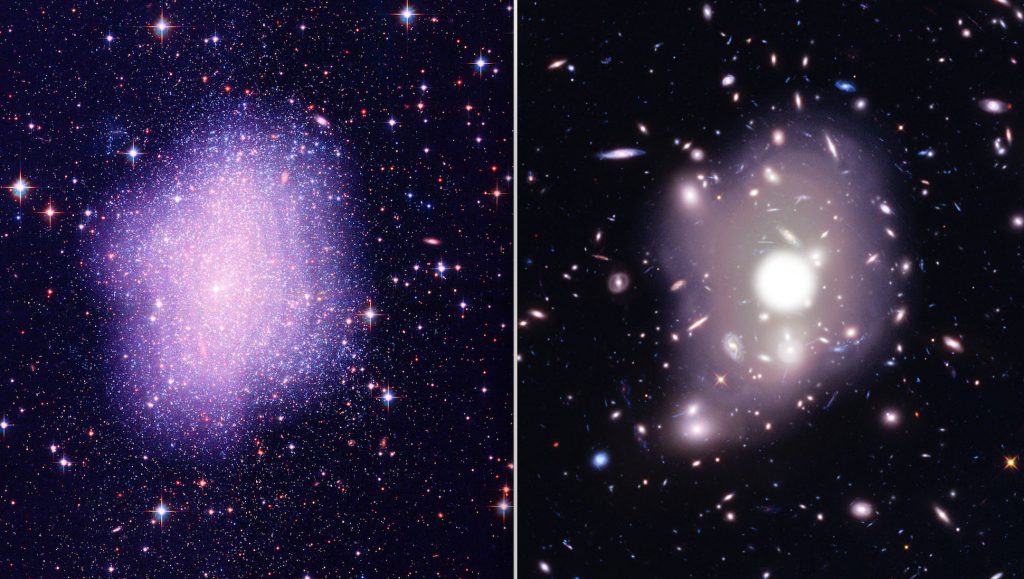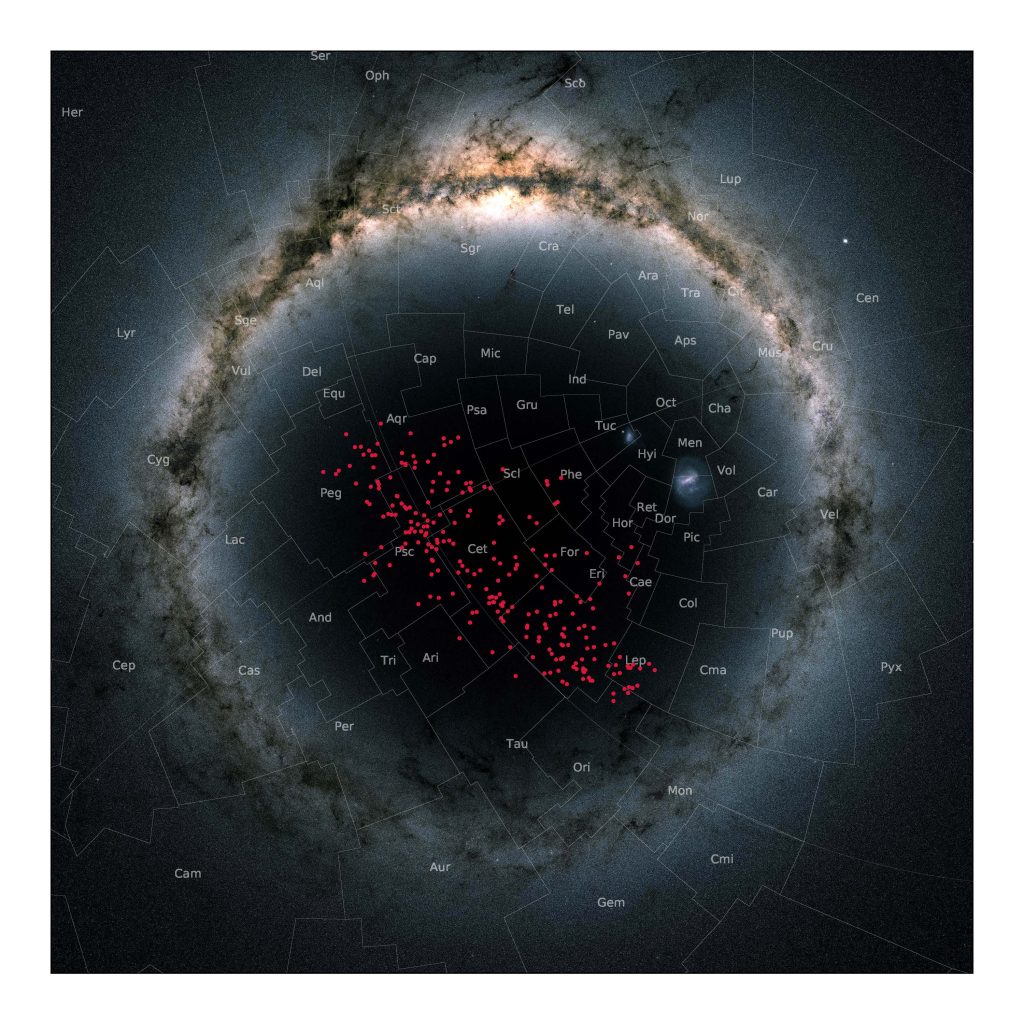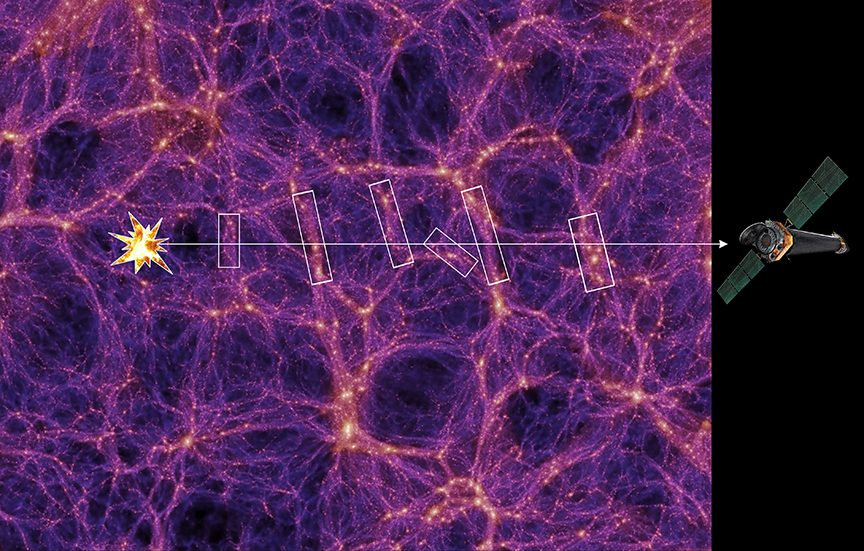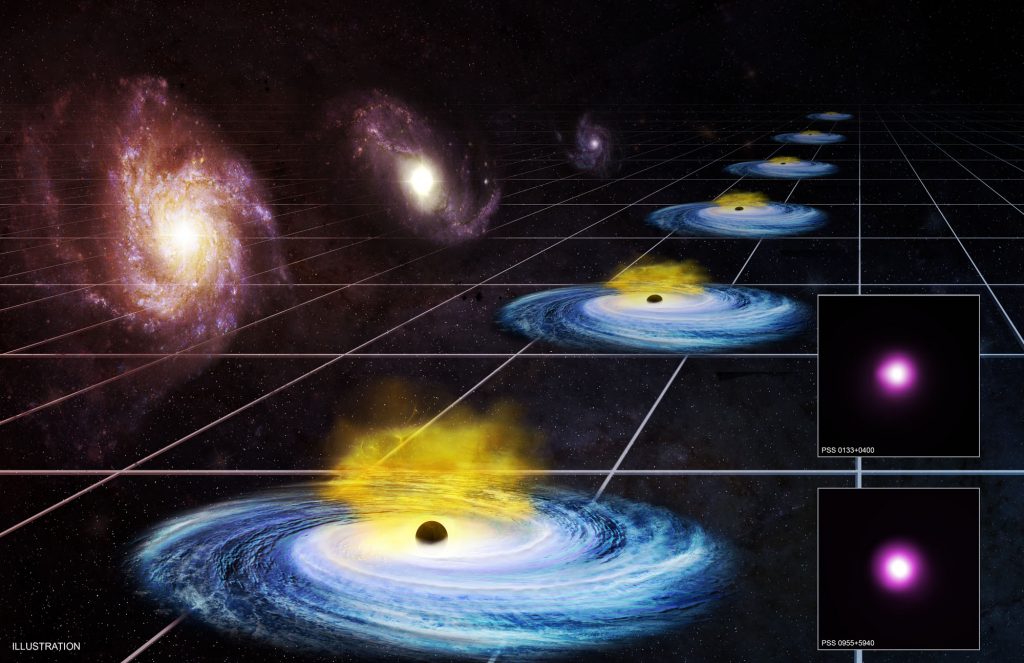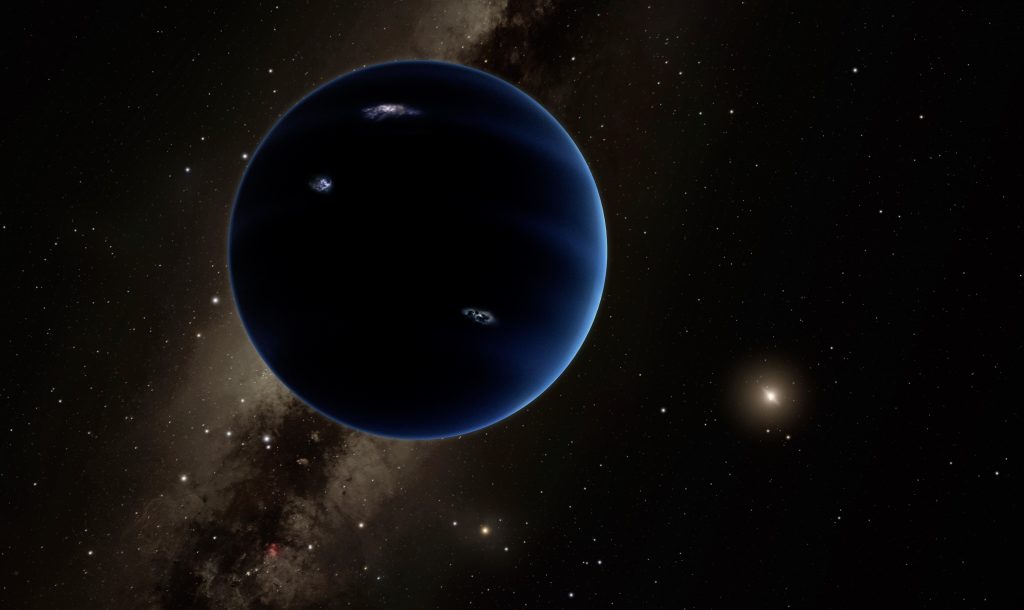How heavy is the Milky Way?
How much does our home galaxy, the Milky Way, weigh? It’s not a very easy task to determine the true dimensions of an object when you live inside that object. Imagine trying to measure the size of your house while sitting at the kitchen table. On top of that, a large part of its mass is not even visible, because it’s dark matter. Scientists estimate there are about 100 to 300 billion stars in the Milky Way. That gives a visible mass of approximately 900 billion Suns at a diameter of 170,000 to 200,000 light-years. But the visible mass…


